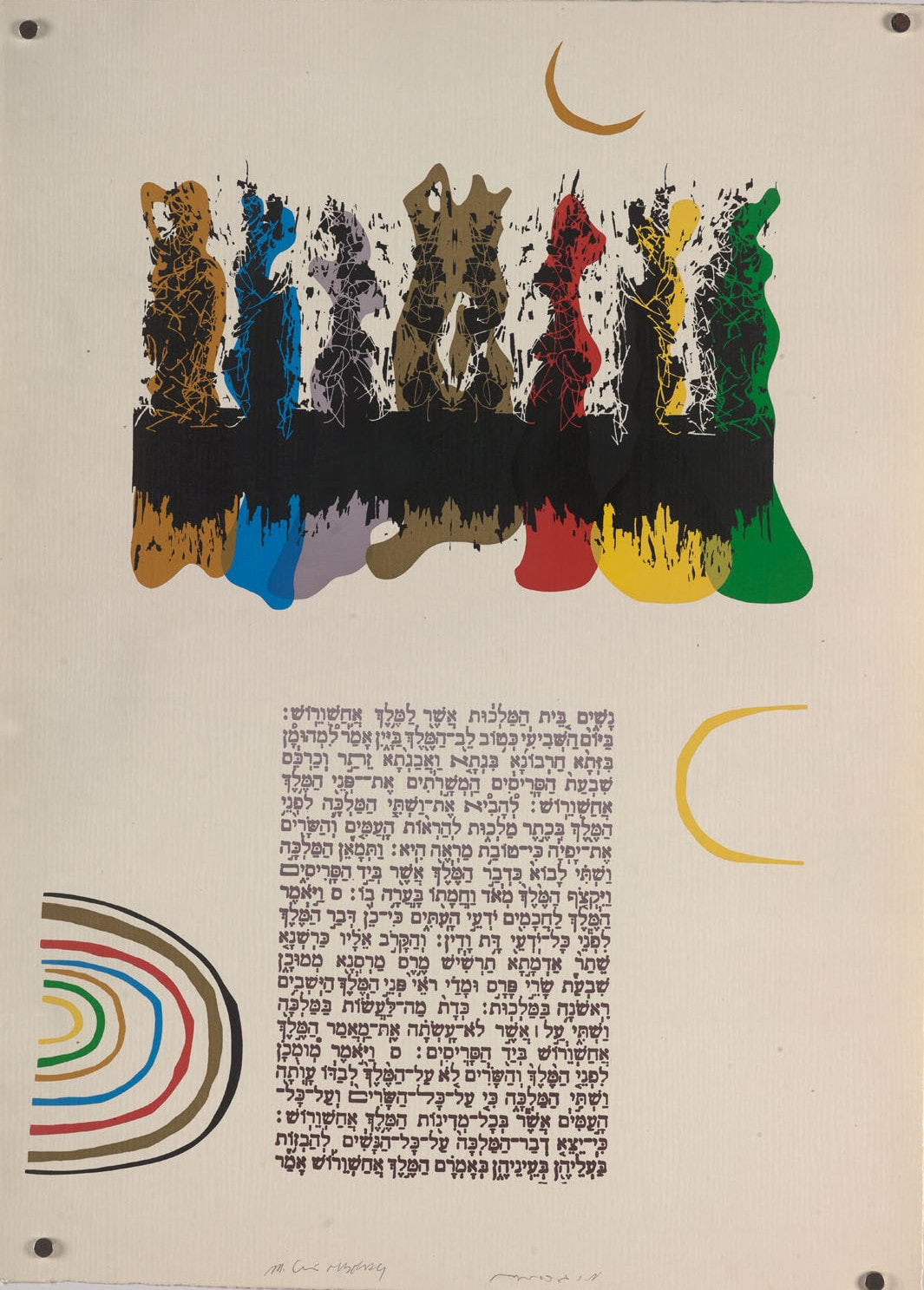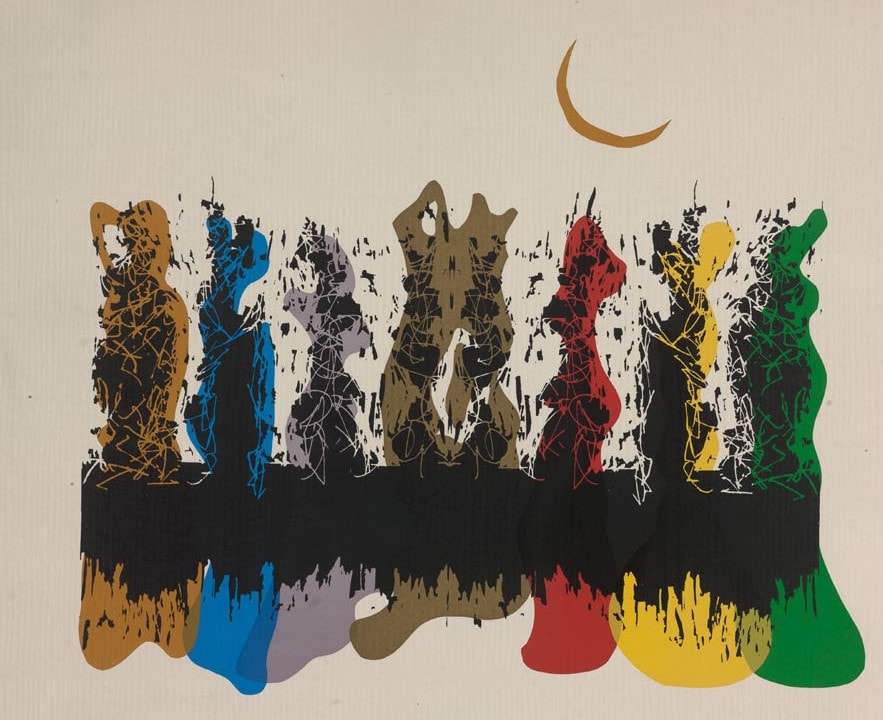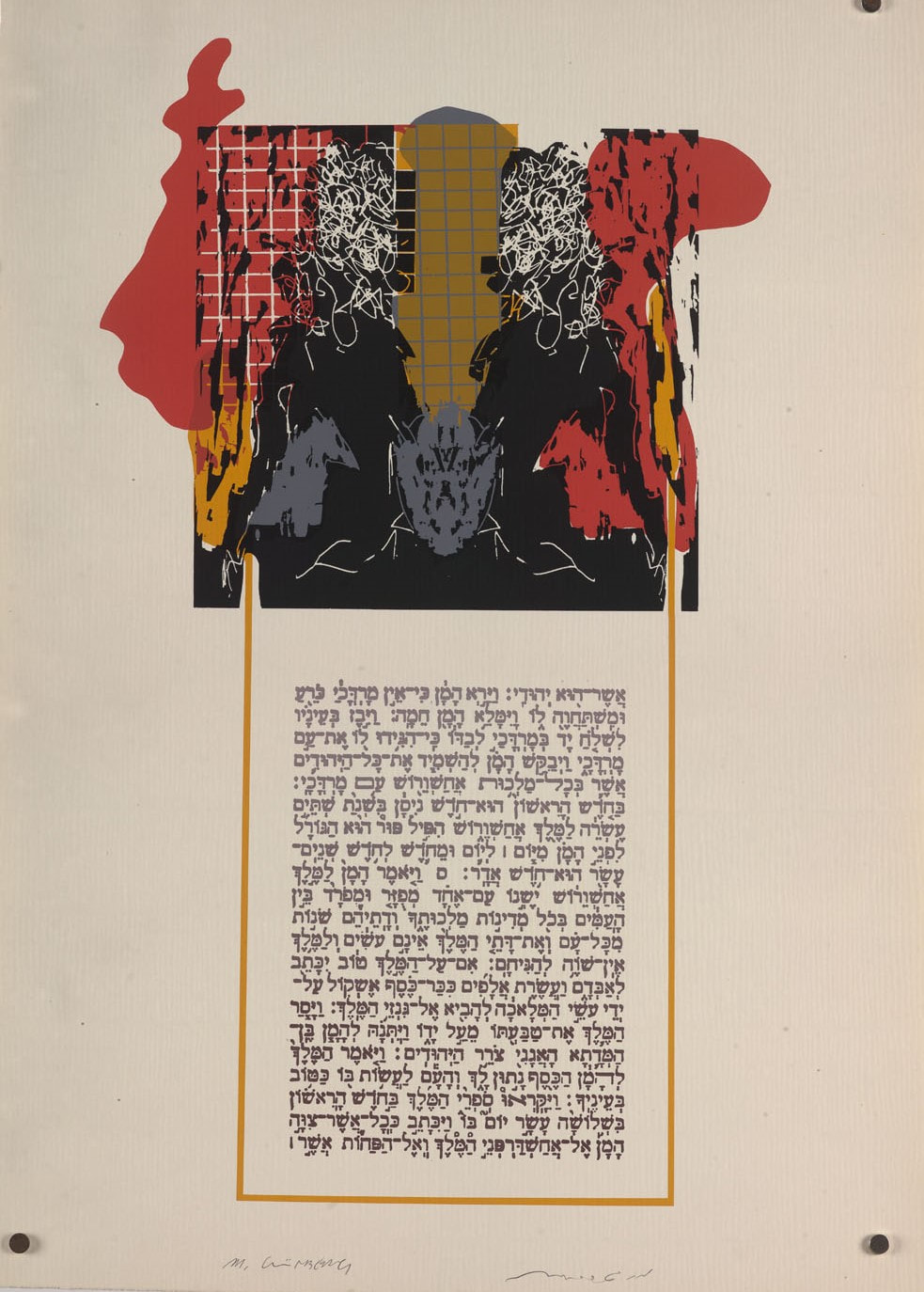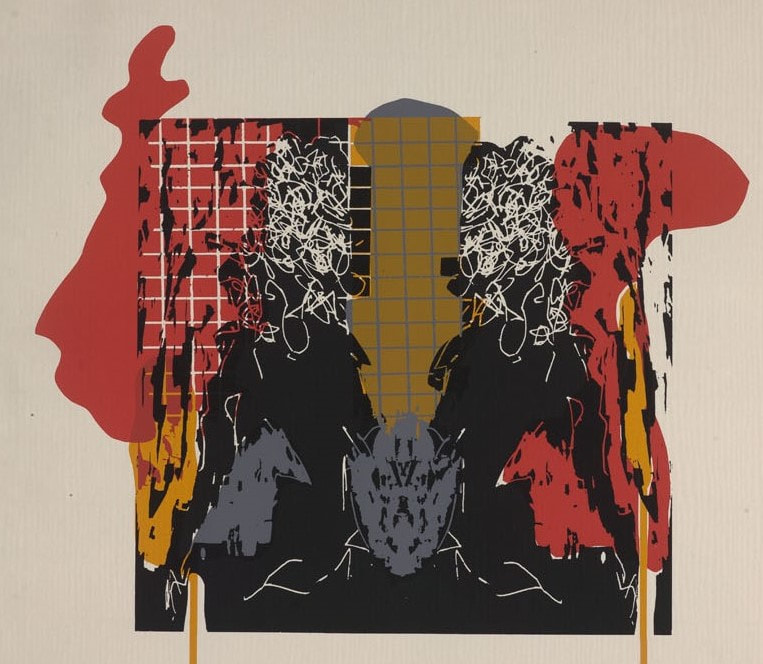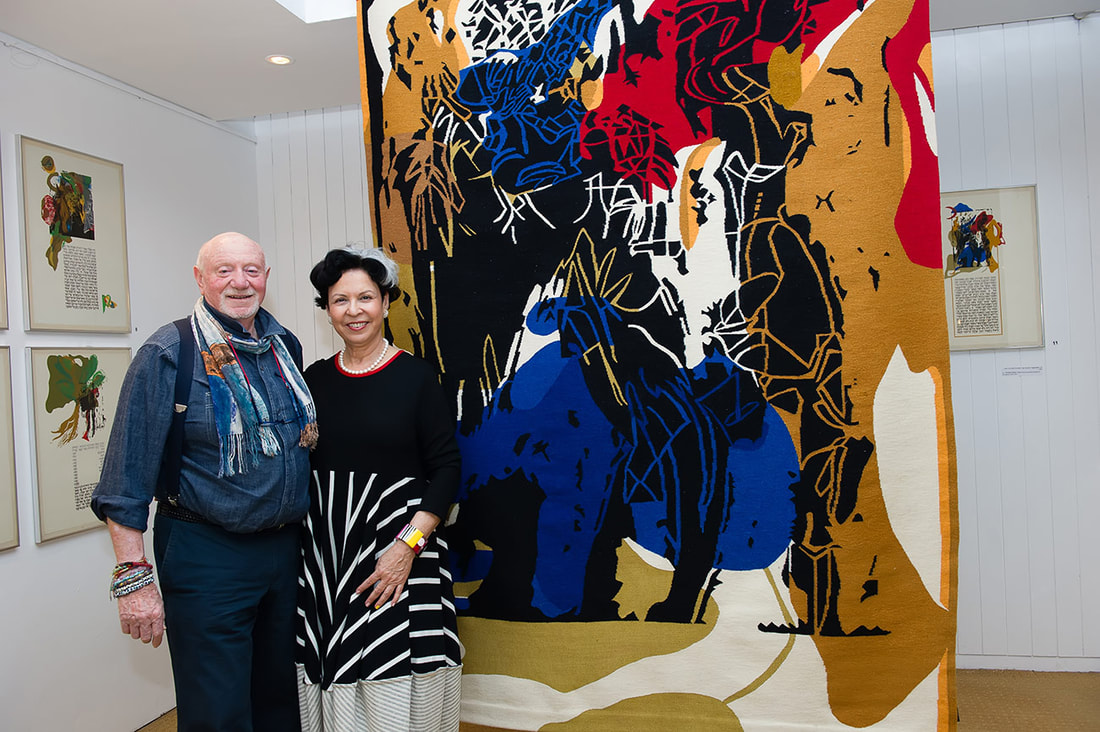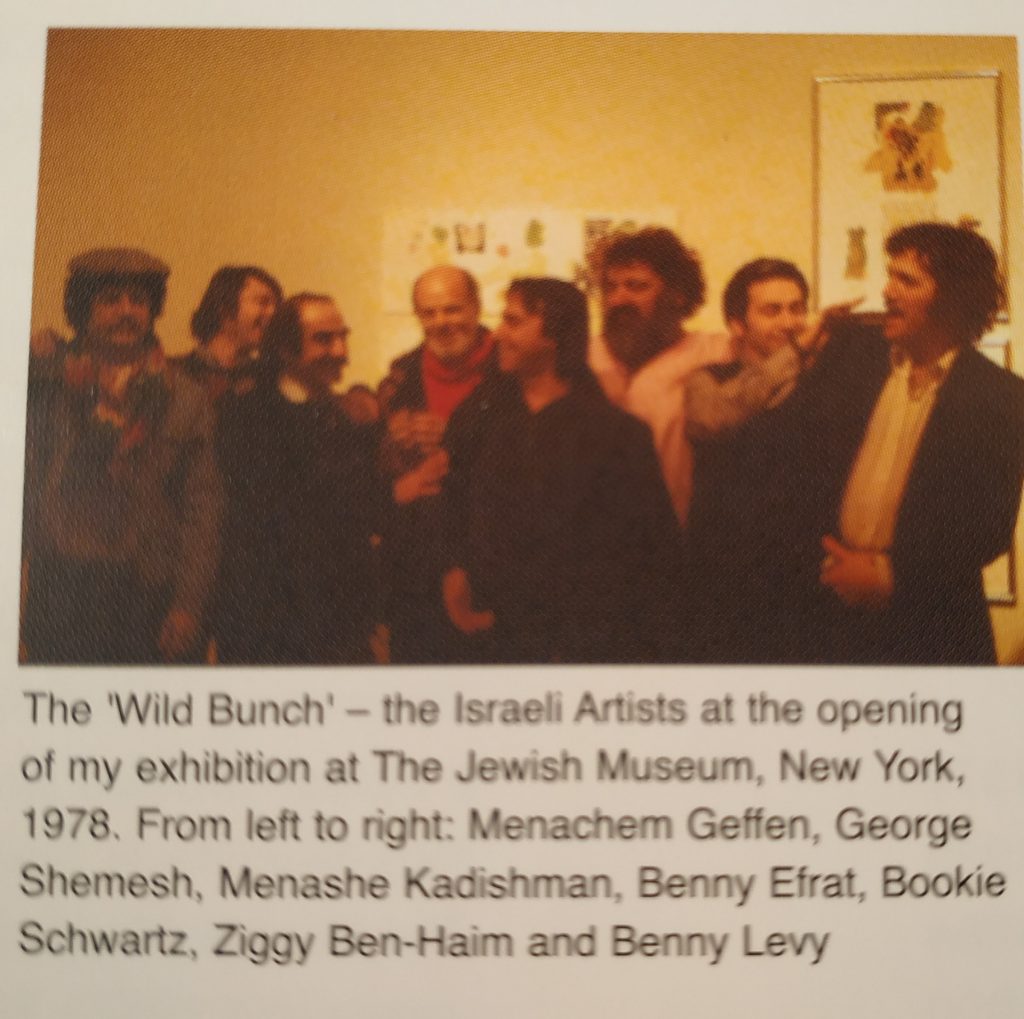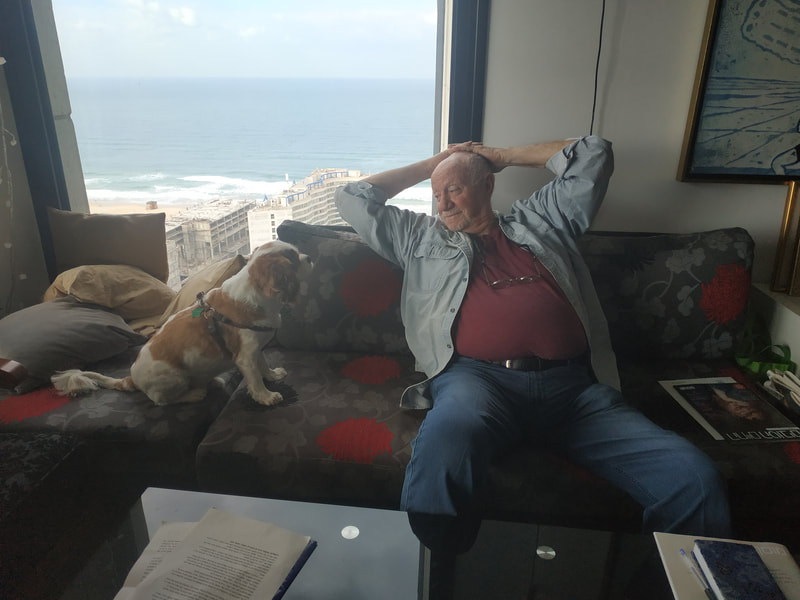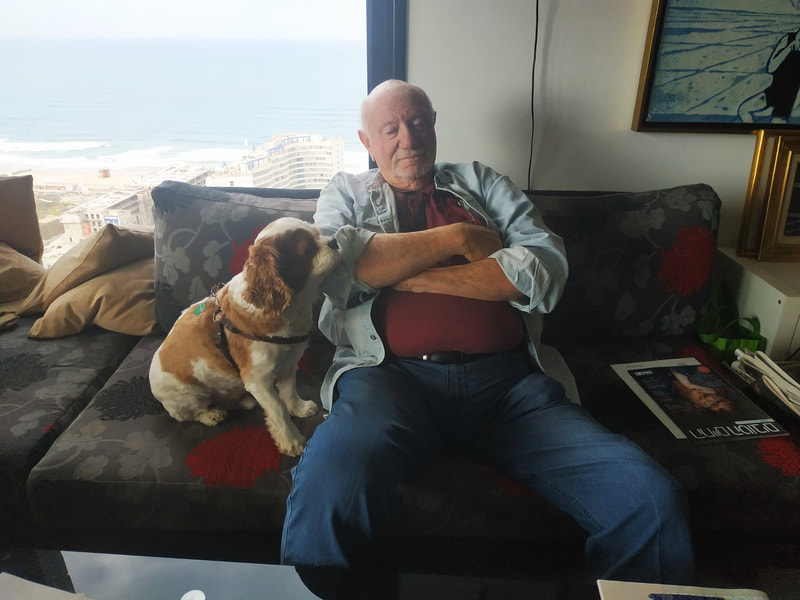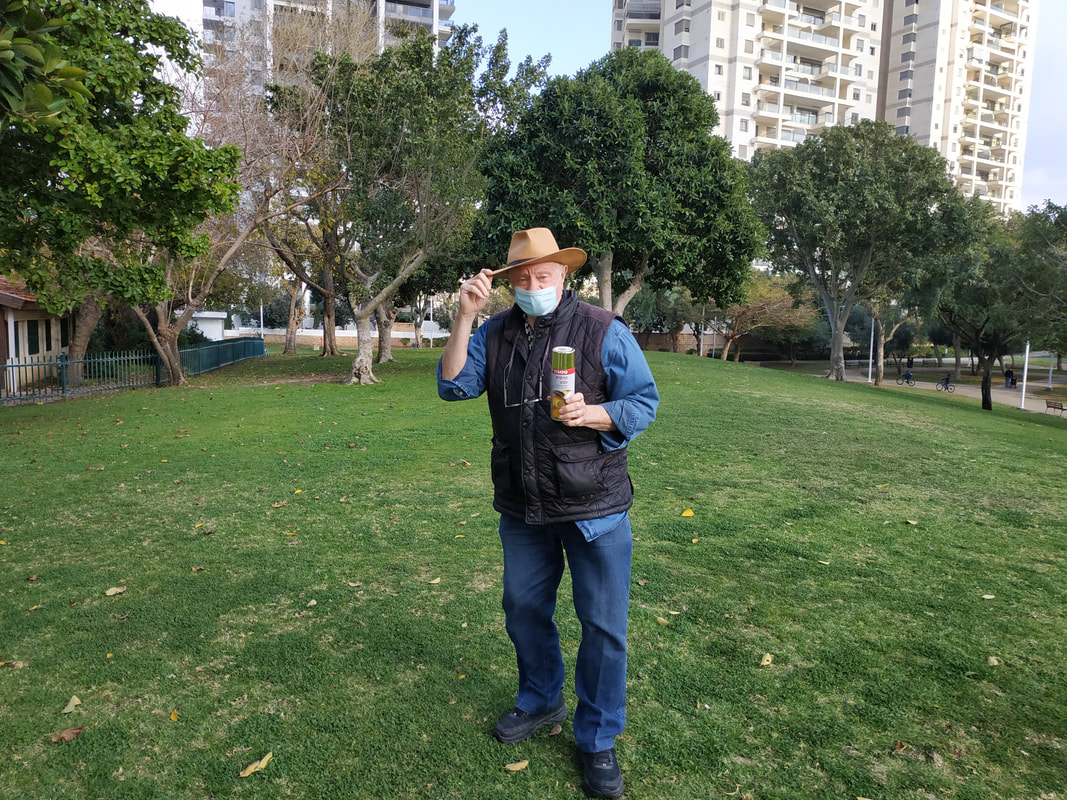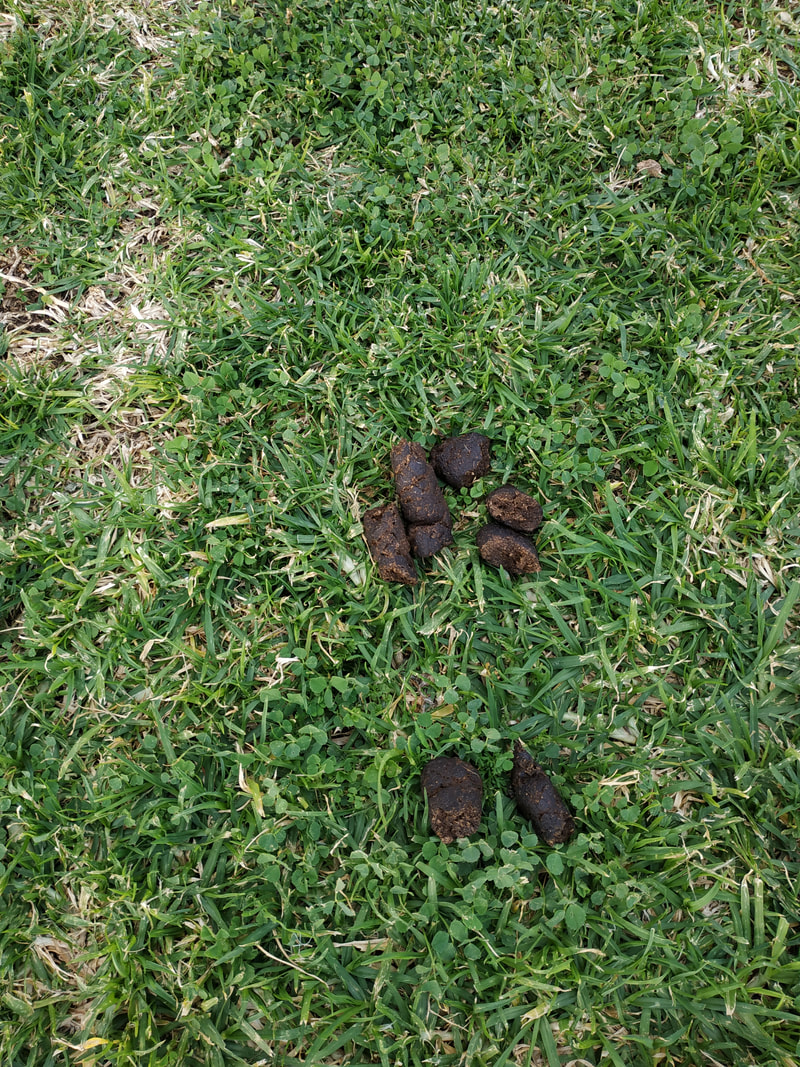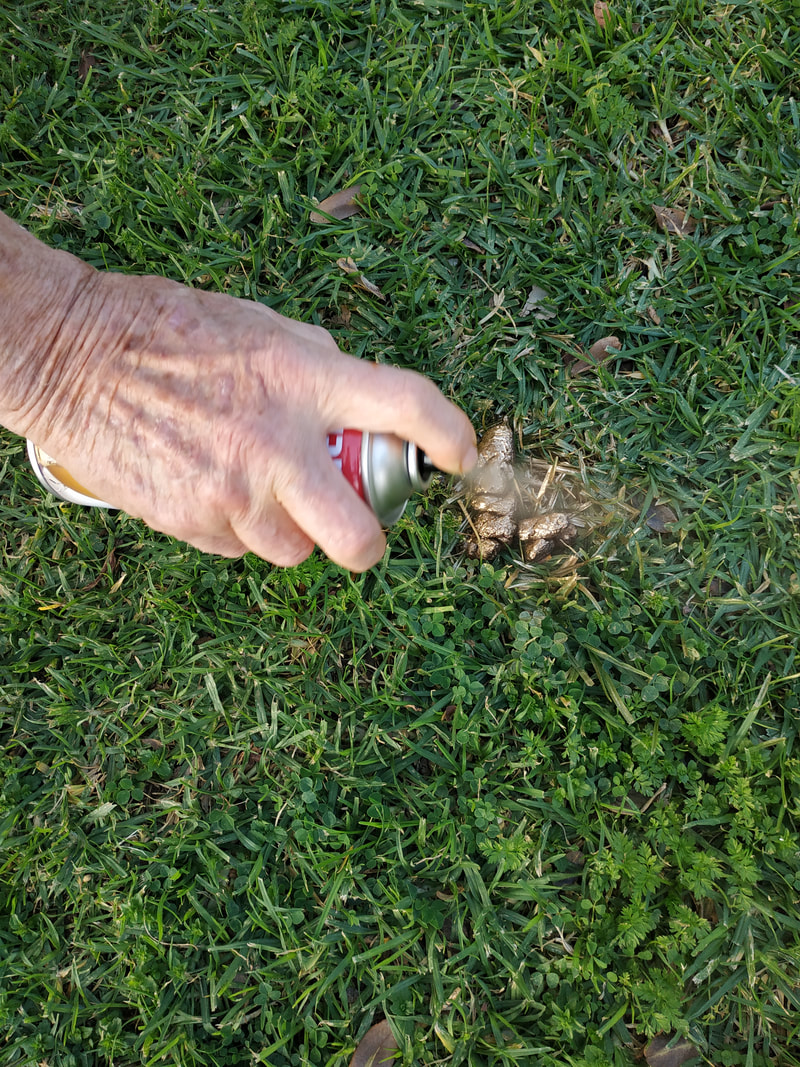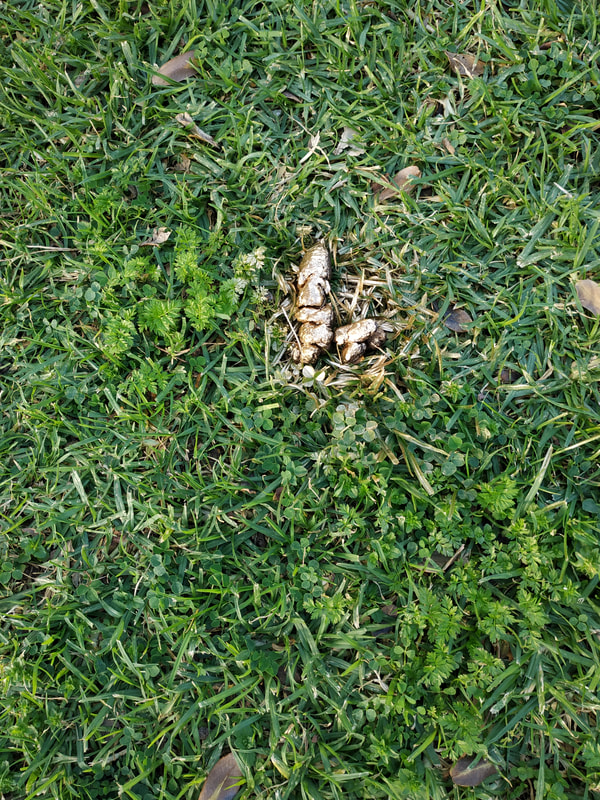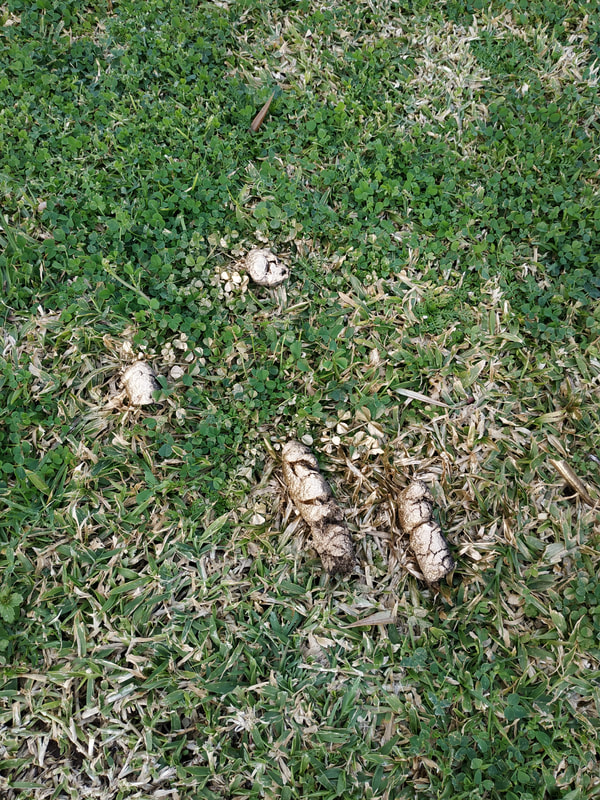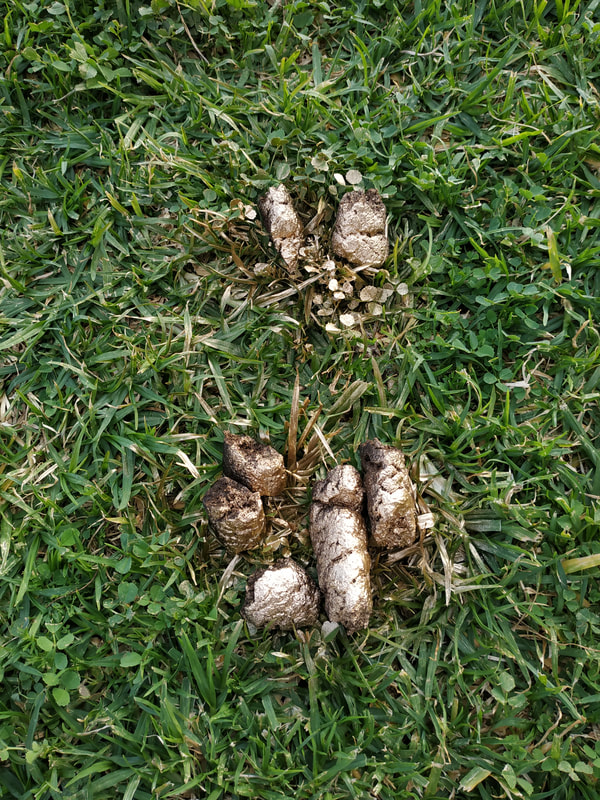This coming week in Israel we shall celebrate The Festivity of Purim under limitations of Corona Pandemic. For this special occasion we opened The Book of Esther that Maty created in early seventies. The whole plot of The Book of Esther took place in ancient Persia, Iran today, and is about the salvation of the Jew from collective death sentence handed down to them by the evil Minister Haman. So, you see, not much changed in the attitude of Iran toward Israelites since the old days, but the extermination possibilities got much more sophisticated...
Maty G. created The Book of Esther in collaboration with the late poet Natan Zach who created one of the most innovative, free and highlighting translations of the scroll. Natan Zach, an Israeli poet, who, at the time, lived in London, even weaved his own of poetry into the English translation.
Natan Zach https://en.wikipedia.org/wiki/Nathan_Zach
Maty Grunberg chose a contemporary means of expression - at first glance an abstract, a closer look reveals the connection between Grunberg's silkscreen prints and the Rorschach inkblot test. Sheena, Maty's late wife, was a psychologist working in Tavistock Clinic in London. She brought to his attention Rorschach Inkblot test, a psychological test in the form of ink stains in which the observer's impressions are recorded and then analyzed in psychological interpretation. Maty was fascinated by this visual psychological test, and it was one of his inspiration sources. He then created the Book of Esther, which is characterized by bold, stylish, illustrated and designed colors influenced by Rorschach stains. Also In each image the black color was done by Rorschach Inkblot technique - folding the page in the middle so each side mirrors the other side.
Here are two examples of images that were created under the influence of Rorschach test.
Maty G. created The Book of Esther in collaboration with the late poet Natan Zach who created one of the most innovative, free and highlighting translations of the scroll. Natan Zach, an Israeli poet, who, at the time, lived in London, even weaved his own of poetry into the English translation.
Natan Zach https://en.wikipedia.org/wiki/Nathan_Zach
Maty Grunberg chose a contemporary means of expression - at first glance an abstract, a closer look reveals the connection between Grunberg's silkscreen prints and the Rorschach inkblot test. Sheena, Maty's late wife, was a psychologist working in Tavistock Clinic in London. She brought to his attention Rorschach Inkblot test, a psychological test in the form of ink stains in which the observer's impressions are recorded and then analyzed in psychological interpretation. Maty was fascinated by this visual psychological test, and it was one of his inspiration sources. He then created the Book of Esther, which is characterized by bold, stylish, illustrated and designed colors influenced by Rorschach stains. Also In each image the black color was done by Rorschach Inkblot technique - folding the page in the middle so each side mirrors the other side.
Here are two examples of images that were created under the influence of Rorschach test.
Using Rorschach technique in his artwork, Maty "forces" the viewer to look into himself while trying to figure out the abstract figures on the page he views, to create his own story. Thus Maty not just imitated Rorschach's visual method, but also applied the idea behind it, using it as one's key to his own soul, looking for an answer ,while exploring the enigmatic artwork images.
Maty also referred to the historical background of the story. The colors of the silkscreen prints capture the essence of the scroll as an oriental forceful drama, and the emphasis shifts to the final victory and joy. As the integral rhythm of the characters spreads and penetrates Grunberg's scroll, the colorful illustrations bring an artistic interpretation attentive to the explanations of the text, which each generation of illustrators has added to the huge epic of "Esther."
one of the images of The Book of Esther was woven into a tapestry, Bucharest, Romania. And was exhibited in Beit Ariella, Central Library, Tel Aviv, 2015.
The Book of Esther was published in 1975 with the generous help of Ron Finkel who was then head of the World Jewish Student Association in London. In 1978 The Book of Esther was exhibited at the Jewish Museum in New York and received a great response. The Book is in many private collections, as well as in public collections such as the Vatican Library in Rome.
Gathering of the group of Israeli artists at the exhibition in Ney York 1978.
In 2013 M.G. created a new edition - The Younger sister of the Book of Esther. The uniqueness of this edition is that for the first time it brings not only the final version of the Book of Esther as the artist chose to publish it in 1975, but presents the preparatory drawings, so browsing through the book the observer can follow the artist's searches until the appropriate language is found, his choices, and the process of refining the work down to the final condensed version.
Follow The Younger sister of the Book of Esther in this short video:
https://www.youtube.com/watch?v=eSuHezEFSeI
See the Book of Esther project page :
http://www.matygrunberg.com/the-book-of-esther.html
Chag Sameach! Season's Greetings!
https://www.youtube.com/watch?v=eSuHezEFSeI
See the Book of Esther project page :
http://www.matygrunberg.com/the-book-of-esther.html
Chag Sameach! Season's Greetings!
Author
Naomi R. Azar, M. Grunberg Studio Manager

